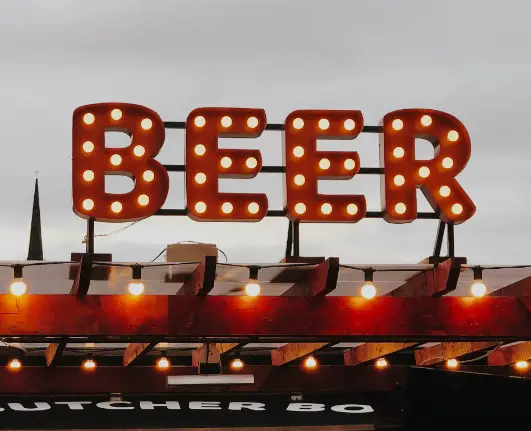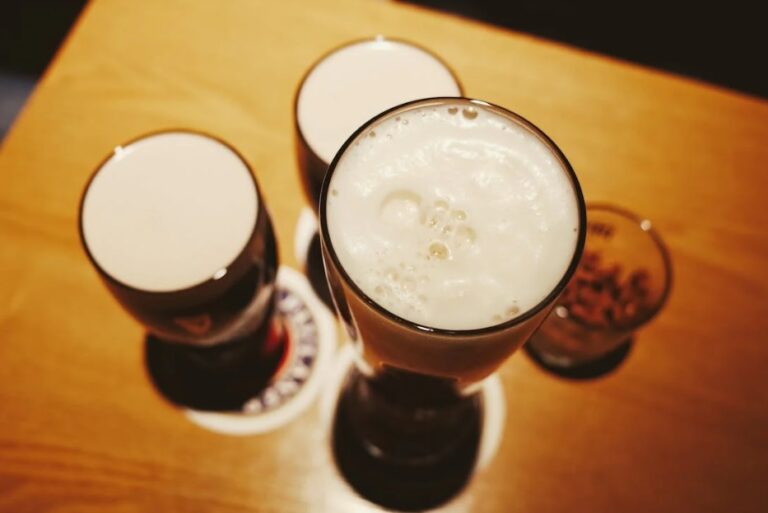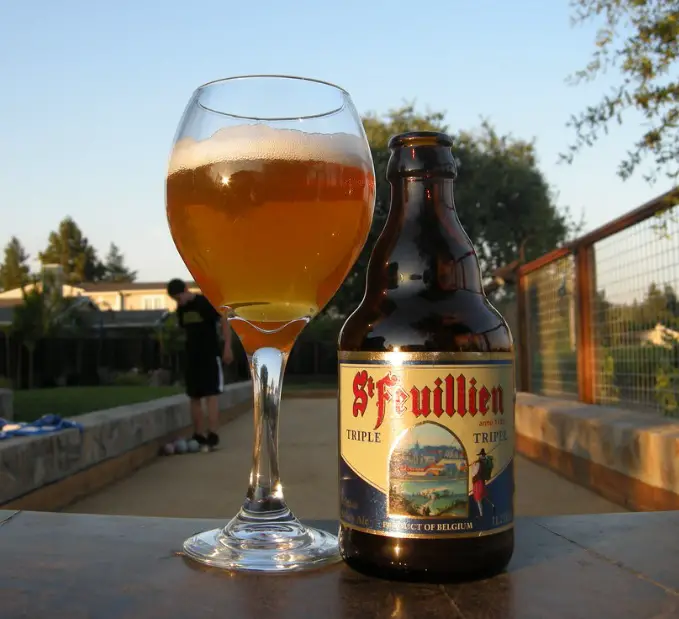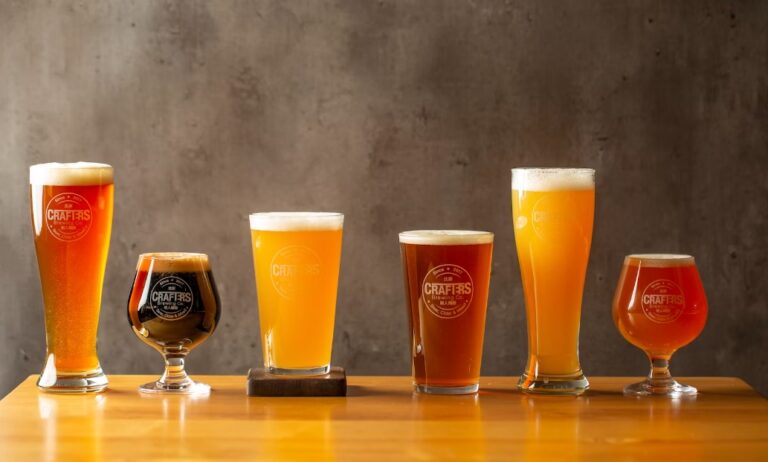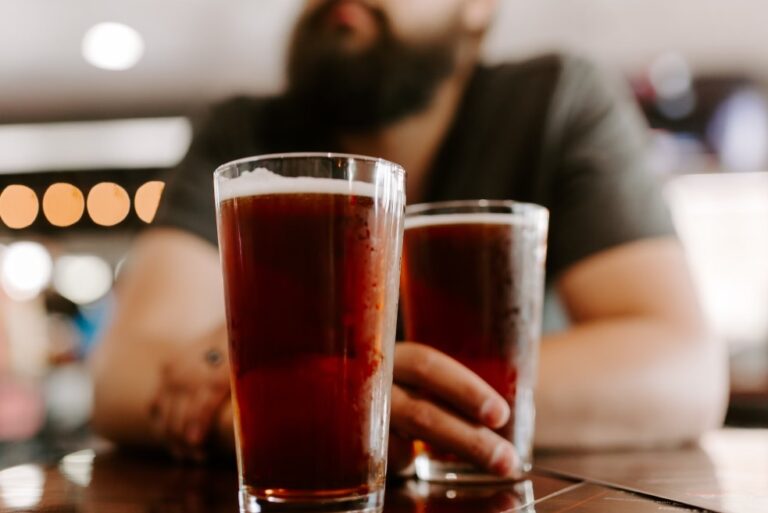How Does Beer Belly Happen?
Beer belly! You have it or you don’t, you know about it. But how does beer belly happen? How to avoid it? Let’s see!
It’s like this: when you sip on a few too many beers, you’re inviting some extra calories to the party. Those calories, especially from beer, can sneakily turn into fat, and guess where they love to hang out? Yup, around the belly! It’s not just the calories, though—alcohol messes with how your body handles them, making it easier for that spare tire to inflate. Throw in a chillaxed lifestyle and maybe some family genes, and voilà, you’ve got the beer belly blues. But no worries! It’s all about balance.
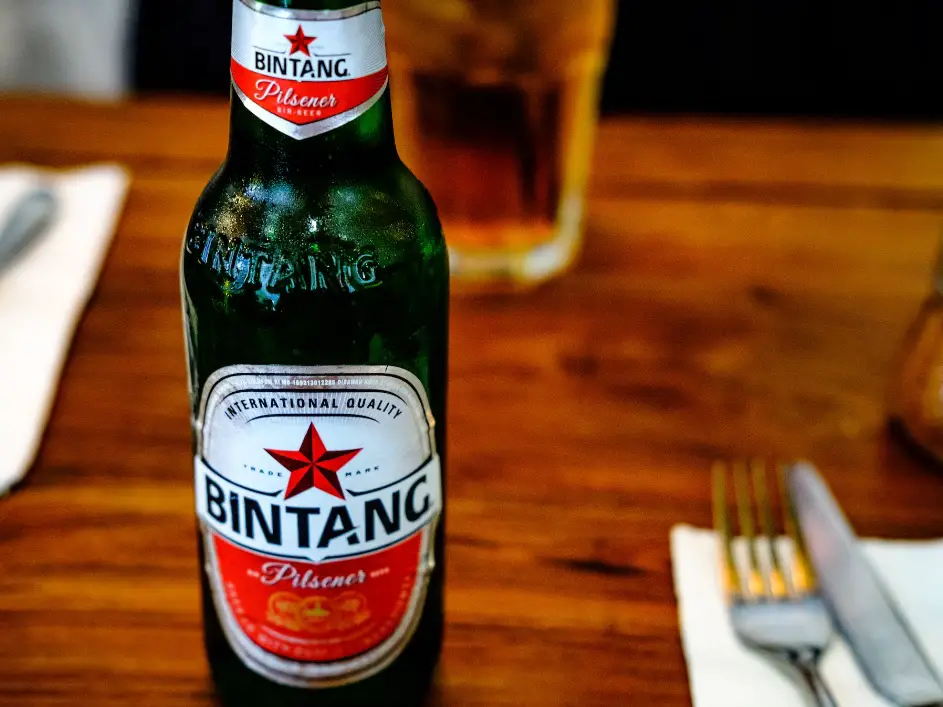
What’s a Beer Belly?
A beer belly is a term used to describe the accumulation of fat around the abdominal area, often associated with the consumption of beer and other high-calorie alcoholic beverages.
Contrary to common misconceptions, it’s not solely caused by beer but rather by an imbalance between calorie intake and expenditure. While excessive beer consumption contributes to the problem due to its calorie content, other factors like a sedentary lifestyle, poor diet, and genetic predisposition play significant roles.
The Science Behind Beer Bellies
Let’s dive deeper into the science behind the beer belly by examining the caloric and nutritional aspects of beer. Beer is a significant source of calories, with the exact count depending on factors such as the type of beer, its alcohol by volume (ABV), and any added ingredients. On average, a standard 12-ounce beer contains around 150 calories, but this figure can vary. Craft beers and higher-alcohol brews often have a more substantial caloric content, reaching up to 200-300 calories per serving.
Comparing the caloric content of beer to other alcoholic beverages provides context for understanding its potential impact on weight. While a shot of distilled spirits, like vodka or whiskey, typically contains 70-100 calories, and a standard glass of wine ranges from 120-130 calories, beer often stands out as a more calorie-dense option. The combination of alcohol content and additional ingredients in beer contributes to its higher calorie count compared to many other alcoholic drinks.
Moving beyond calories, the carbohydrates and sugar in beer play a crucial role in beer belly formation. Carbohydrates in beer come from malted barley and other grains used in the brewing process. When consumed, these carbohydrates break down into sugars during digestion. Excessive intake of these sugars, coupled with a lack of physical activity, can lead to weight gain, particularly in the abdominal area.
Moreover, the sugar content in beer can influence insulin levels. Elevated insulin levels can promote the storage of fat, especially around the belly. It’s not just about the direct caloric impact; it’s also about how the body processes and responds to the sugars present in beer. Understanding these nuances provides a comprehensive view of why and how beer consumption, with its intricate mix of calories, carbohydrates, and sugars, contributes to the development of the infamous beer belly.

Metabolism and Beer Consumption
Alcohol Metabolism
- Liver’s Role: The liver plays a central role in metabolizing alcohol. When we consume beer, the liver prioritizes processing the alcohol over other nutrients. This can temporarily halt the metabolism of fats, diverting the focus to breaking down the alcohol. As a result, the unmetabolized fats, coupled with the extra calories from beer, are more likely to be stored, contributing to the development of a beer belly.
- Effect on Fat Storage: Alcohol metabolism not only interrupts the breakdown of fats but also stimulates the storage of fat in the liver itself. This process, known as alcoholic fatty liver, can lead to an increase in abdominal fat. The combination of interrupted fat metabolism and enhanced fat storage creates a favorable environment for the accumulation of visceral fat, the kind that wraps around internal organs and contributes to the beer belly appearance.
Beer and Hormones
- Insulin Sensitivity: Beer consumption can impact insulin sensitivity, the body’s ability to respond to insulin. Elevated blood sugar levels from the carbohydrates and sugars in beer trigger an insulin response. Over time, chronic exposure to high levels of insulin can lead to reduced insulin sensitivity. This condition, known as insulin resistance, is associated with increased fat storage, particularly around the abdomen, contributing to the development and persistence of a beer belly.
- Influence on Fat Distribution: Beyond insulin sensitivity, beer can influence the body’s hormonal balance, including hormones that regulate fat distribution. Research suggests that alcohol, including beer, may alter the secretion of hormones involved in fat metabolism and distribution. This hormonal shift can contribute to preferential fat storage in the abdominal area. Understanding how beer affects hormonal balance provides insight into its role in shaping the distinctive beer belly profile.

Lifestyle Factors – How Does Beer Belly Happen?
Sedentary Lifestyle
- Lack of Physical Activity: One of the major lifestyle factors contributing to the formation of a beer belly is a sedentary lifestyle. When physical activity is limited, the body’s ability to burn calories and regulate metabolism is compromised. Coupled with the caloric load from beer, a lack of exercise creates an environment where excess calories are more likely to be stored as fat, especially around the abdominal region. Regular physical activity not only helps burn calories but also plays a crucial role in maintaining overall metabolic health.
- Connection to Abdominal Fat Accumulation: A sedentary lifestyle not only hampers calorie expenditure but is also associated with abdominal fat accumulation. The lack of movement can lead to muscle atrophy and a decrease in the body’s basal metabolic rate, making it easier for excess calories, including those from beer, to be stored as fat. The correlation between a sedentary lifestyle and the development of a beer belly highlights the importance of incorporating regular exercise into one’s routine.
Dietary Habits
- Beer and Unhealthy Eating Patterns: While beer itself contributes to the caloric intake, it’s often accompanied by unhealthy eating habits. The combination of beer and high-calorie, nutrient-poor snacks can significantly increase overall calorie consumption. Beer may also lower inhibitions, leading to less mindful eating and a tendency to indulge in unhealthy food choices. The synergy between beer and poor dietary habits exacerbates the risk of weight gain and the development of a beer belly.
- Impact on Metabolism: Dietary habits, especially those involving the consumption of processed and high-sugar foods, can negatively impact metabolism. Diets rich in refined sugars and unhealthy fats can lead to insulin resistance, promoting fat storage, particularly in the abdominal area. When paired with the caloric and metabolic effects of beer, these dietary patterns contribute to the overall risk of developing excess belly fat.
Genetic Predisposition
Familial Trends in Abdominal Fat
- Genetic Influence on Body Composition: Research suggests that there is a hereditary component to body composition, including the distribution of fat. Families often share similar patterns of fat storage, and if there’s a familial tendency to store excess fat in the abdominal area, individuals may be genetically predisposed to developing a beer belly. Understanding family trends in body composition can provide insights into an individual’s susceptibility to abdominal fat accumulation.
- Role of Genetics in Beer Belly Formation: While genetics alone may not dictate the development of a beer belly, they can significantly influence how the body responds to factors like diet and physical activity. Some individuals may have a genetic predisposition that makes them more prone to storing fat around the abdomen, especially in response to certain dietary patterns, including the consumption of calorie-dense beverages like beer. Recognizing the genetic component helps individuals understand their unique risk factors.
Beer Belly and Family History
- Connection to Family Lifestyle: Beyond genetic predisposition, family lifestyle plays a crucial role. If there are shared habits within a family, such as sedentary behaviors or specific dietary patterns, these lifestyle factors can contribute to the development of a beer belly. Inherited lifestyle choices, coupled with a genetic propensity for abdominal fat storage, can increase the likelihood of a beer belly running in families.
- Addressing Genetic Risk Factors: While genetics may contribute to the risk, they do not determine destiny. Awareness of familial trends allows individuals to proactively address genetic risk factors through conscious lifestyle choices. Maintaining a healthy diet, engaging in regular physical activity, and moderating alcohol consumption, including beer, can help mitigate the genetic predisposition for abdominal fat accumulation.
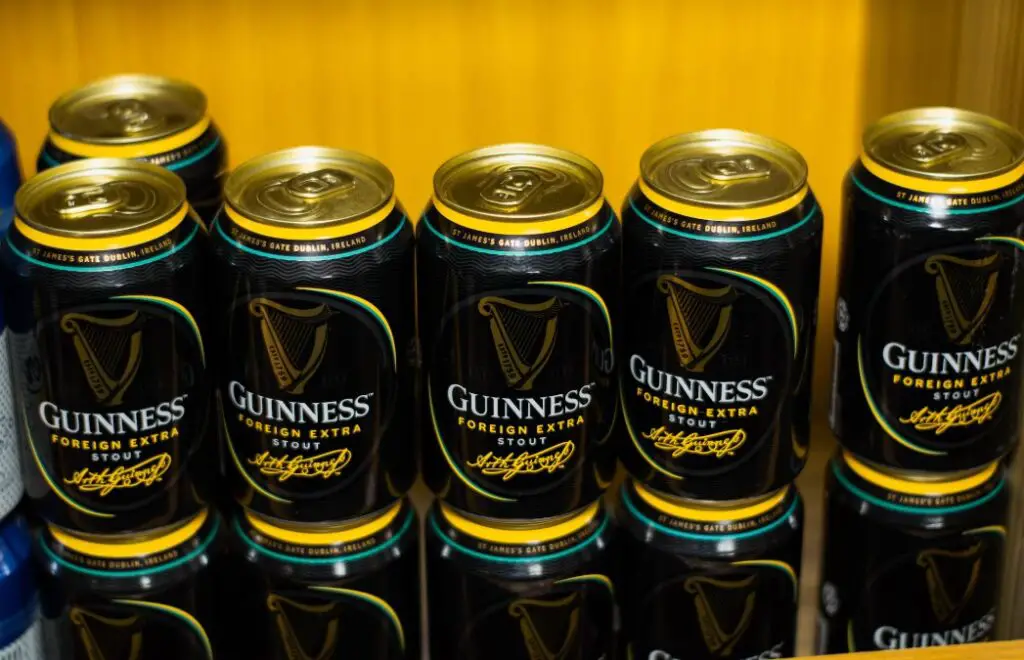
Health Risks Associated with Beer Belly
Cardiovascular Issues
- Impact on Heart Health: Beer belly fat, particularly visceral fat, has been linked to an increased risk of cardiovascular diseases. Visceral fat releases inflammatory substances that can affect blood vessel function and contribute to the development of atherosclerosis. The accumulation of fat around vital organs, including the heart, may elevate the risk of hypertension and other cardiovascular issues.
- Relationship to High Blood Pressure: Excess abdominal fat, common in individuals with beer bellies, is associated with higher blood pressure. The release of certain hormones from visceral fat can lead to increased sodium retention and elevated blood pressure. Chronic high blood pressure is a major risk factor for heart disease, stroke, and other cardiovascular complications.
Diabetes and Insulin Resistance
- Connection to Type 2 Diabetes: Beer belly fat is often linked to insulin resistance, a condition where cells become less responsive to insulin. This can lead to higher blood sugar levels and an increased risk of type 2 diabetes. The combination of excessive caloric intake, particularly from beer, and the influence on insulin sensitivity contributes to the development and progression of diabetes.
- Influence on Insulin Function: The hormonal changes induced by abdominal fat, coupled with the impact of beer on insulin sensitivity, create a conducive environment for insulin resistance. Beer belly fat, by promoting insulin resistance, can contribute to the dysregulation of blood sugar levels. This not only increases the risk of diabetes but also poses challenges for overall metabolic health.
Prevention – How to Avoid Getting Beer Belly?
Moderation in Beer Consumption
- Recommended Limits: Moderation is key when it comes to preventing a beer belly. While enjoying a cold brew is a common social activity, it’s important to be mindful of quantity. The Centers for Disease Control and Prevention (CDC) recommends moderate alcohol consumption, which translates to up to one drink per day for women and up to two drinks per day for men. Staying within these limits helps manage caloric intake and reduces the risk of excessive fat storage.
- Alternatives and Lower-Calorie Options: Consider exploring alternatives to high-calorie beers. Light beers, with lower alcohol content and reduced calories, offer a more waistline-friendly option. Additionally, incorporating non-alcoholic or low-alcohol beverages during social occasions can help control overall caloric intake while still enjoying the social aspect of drinking.
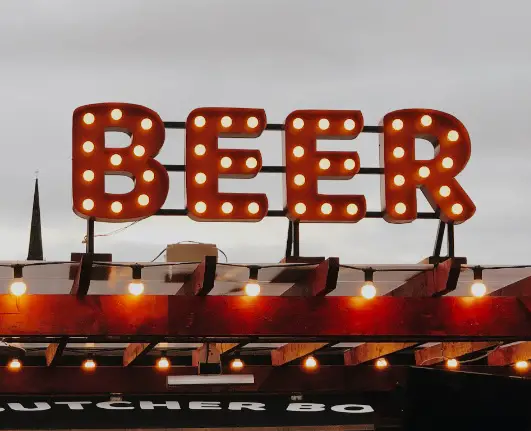
Healthy Lifestyle Choices
- Regular Exercise: Engaging in regular physical activity is a powerful strategy for preventing a beer belly. Exercise not only burns calories but also improves overall metabolic health. Incorporating both cardiovascular exercises and strength training into your routine helps maintain a healthy weight, reduces abdominal fat, and contributes to better insulin sensitivity.
- Balanced Diet: Adopting a balanced and nutrient-rich diet is crucial for preventing excess fat accumulation, including the development of a beer belly. Focus on whole foods, such as fruits, vegetables, lean proteins, and whole grains. Be mindful of portion sizes, and limit the intake of processed foods high in sugars and unhealthy fats.
- Hydration: Drinking plenty of water is essential for overall health and can also help manage weight. Sometimes, feelings of hunger are actually signs of dehydration. By staying adequately hydrated, you can reduce the likelihood of overeating and support your body’s natural metabolic processes.
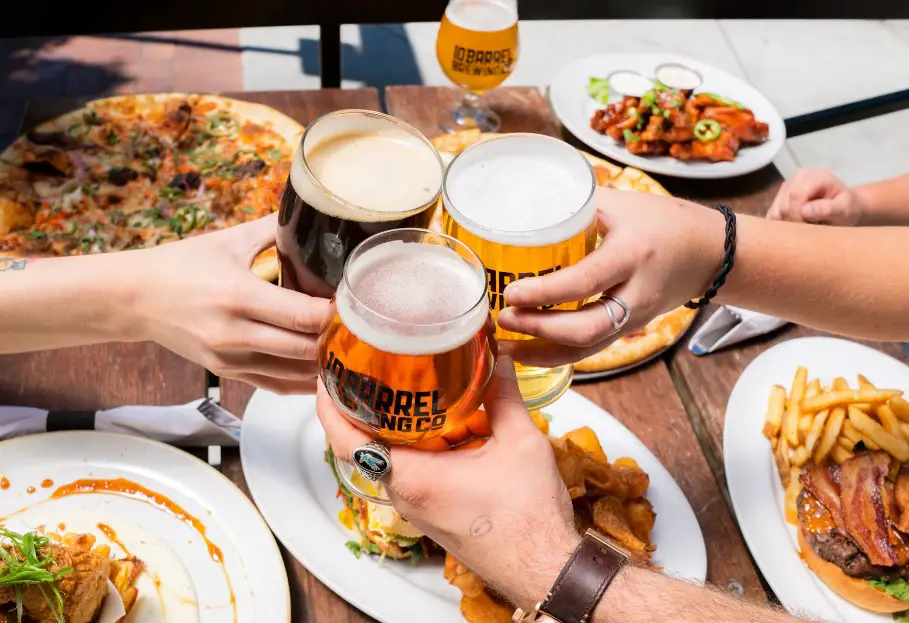
Wrapping It Up
In simple terms, the beer belly saga unfolds when we juggle the calories we consume and burn. Sure, beer brings its calorie-packed flair to the story, but it’s not the sole protagonist. Sedentary habits, not-so-great eating choices, and a touch of family genetics can join the narrative. But here’s the scoop: moderation is our hero. Sip that cold one, stay active, savor a balanced diet, and watch as the beer belly plot takes an unexpected turn.

I am a young architect with a passion that goes beyond blueprints… it’s beer! undertherosebrewing.com is more than just a blog, it’s a manifestation of my lifelong dream to explore, read, and learn everything about beer. Join the blog on this unfiltered and genuine adventure into the heart of beer culture. Cheers!
